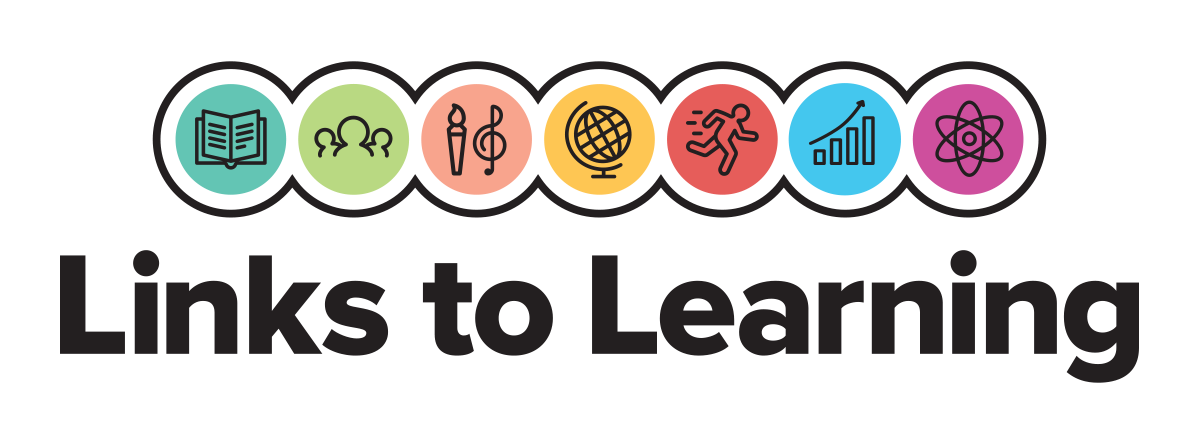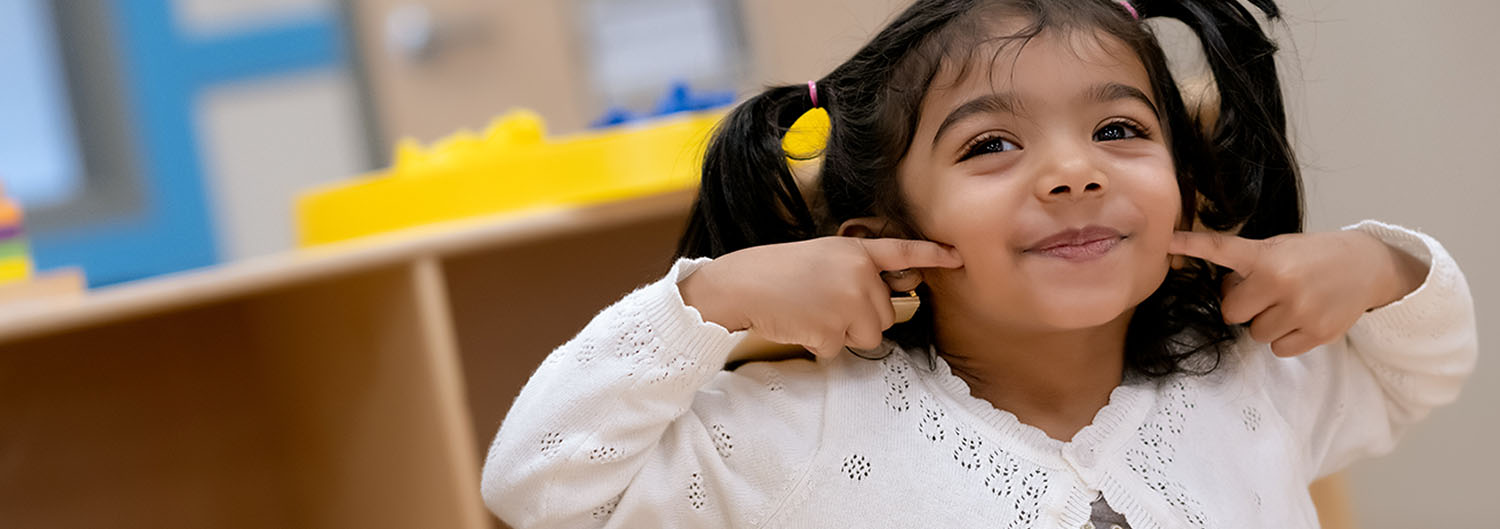- View All
- Topics
- Search
Topics
Blog Archive
-
2024 (26)
- November (3)
- October (2)
- September (3)
- August (3)
- July (3)
- June (2)
- May (2)
- April (2)
- March (2)
- February (2)
- January (2)
-
2023 (15)
- December (2)
- November (2)
- October (2)
- September (1)
- August (1)
- July (1)
- June (1)
- May (1)
- April (1)
- March (1)
- February (1)
- January (1)
-
2022 (13)
- December (1)
- November (1)
- October (1)
- September (1)
- August (2)
- July (1)
- June (1)
- May (1)
- April (1)
- March (1)
- February (1)
- January (1)
-
2021 (15)
- December (1)
- November (1)
- October (1)
- September (2)
- August (1)
- June (1)
- May (2)
- April (1)
- March (2)
- February (2)
- January (1)
-
2020 (11)
- December (1)
- October (2)
- September (1)
- August (1)
- July (1)
- May (2)
- March (1)
- February (1)
- January (1)
-
2019 (12)
- December (1)
- November (1)
- October (1)
- September (1)
- August (1)
- July (1)
- May (2)
- April (1)
- March (1)
- February (1)
- January (1)
-
2018 (12)
- December (1)
- November (1)
- October (1)
- September (1)
- August (1)
- July (1)
- June (1)
- May (1)
- April (1)
- March (1)
- February (1)
- January (1)
-
2017 (12)
- December (1)
- November (1)
- October (1)
- September (1)
- August (1)
- July (1)
- June (1)
- May (1)
- April (1)
- March (1)
- February (1)
- January (1)
-
2016 (12)
- December (1)
- November (1)
- October (1)
- September (1)
- August (1)
- July (1)
- June (1)
- May (1)
- April (1)
- March (1)
- February (1)
- January (1)
-
2015 (12)
- December (1)
- November (1)
- October (1)
- September (1)
- August (1)
- July (1)
- June (1)
- May (1)
- April (1)
- March (1)
- February (1)
- January (1)
-
2014 (6)
- December (1)
- November (1)
- October (1)
- September (1)
- May (1)
- April (1)




What Does Kindergarten Readiness Mean?
This is why our Links to Learning curriculum is designed to not just provide academic support, but focuses on developing the whole child. Below are just a few skills we work on with our students to prepare them for success in kindergarten. We’ve also included some ways for you to support your child’s development at home.
Social and Emotional Skills
Knowing how to interact with peers, manage emotions, and take turns are important skills in kindergarten. Our teachers use puppets, books, and problem-solving activities to teach our students how to practice these skills.
At home, work with your child on communicating how they feel and model kindness. Share the importance of engaging in active listening when others are attempting to communicate their emotions, needs, and wants. Read books and ask your child how they think a character feels or what they think about a conflict that occurred within the story.
Language and Literacy Skills
Your child will be prepared for kindergarten if they can follow instructions, express their needs and ideas clearly, and understand basic literacy concepts. In our classrooms, we promote early literacy skills through shared reading experiences, introducing new vocabulary, and using inventive spelling to convey ideas. After shared reading experiences, we ask students to answer questions about the book.
At home, ask your child to “read” signs in your neighborhood, make eye contact while having conversations, and sing songs with you. Early exposure to language and literacy promotes future academic success across all areas of learning.
Mathematical Thinking Skills
At home, challenge your child to build a structure with a variety of different materials. Ask them to count what they have used and sort their materials by size, shape and color.
Wellness Skills (Fine & Gross Motor Development)
Our preschoolers learn how to hold a pencil with proper grip, write letter shapes, and cut with scissors. We also practice tasks like zipping coats or tying shoes, enhancing self-help abilities and instilling self-confidence. Children grow their gross motor skills by jumping, throwing, catching a ball and through dancing and movement activities.
While at the park, give your child freedom to test their abilities and take risks. At home, have them practice buttoning and zipping their coats, tying their shoes, and opening food items they will pack in their lunch for kindergarten.
Fostering Independence and Making Healthy Choices
In kindergarten, children are expected to do self-help tasks independently. In our classrooms, we help our students practice using the restroom and washing their hands. We encourage them to do tasks and make choices on their own before asking for help to foster independence.
Promote independence and healthy choices at home. Give your child simple chores to do or let them help with your daily tasks.
Celebrating Similarities and Differences
Understanding what makes us all unique helps children work collaboratively with peers and develop friendships. Our students learn about their community and the world by sharing experiences and exploring the cultures of others. We promote teamwork as students rotate through learning centers, work with their peers to solve problems, and engage in cooperative play.
One way to reinforce celebrating diversity at home is by exposing your child to books that include a variety of people and cultures. For example, read the book My Friend Suhana by Shaila Abdullah. Discuss the differences and similarities between the two characters in the book. Allow students to share their thoughts about the story and make connections to their own personal experiences.
Remember that a variety of skills help prepare your child for kindergarten. Each child grows at their own pace and is unique in their own way. We are here to work with you to make sure that your child is not just ready for kindergarten, but for life. To learn more about how our Links to Learning curriculum prepares your child for kindergarten and beyond, find a school today!